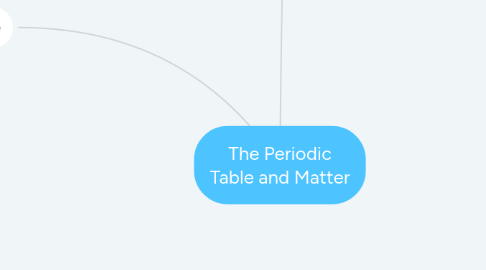
1. The Periodic Table
1.1. Arrangement
1.1.1. Groups
1.1.1.1. Groups the vertical organization of the periodic table.
1.1.1.1.1. 8 Groups
1.1.2. Periods
1.1.2.1. Vertical organization of the periodic table
1.1.2.1.1. 7 Periods
1.2. Lables
1.2.1. Atomic Number
1.2.1.1. Number of protons and electrons
1.2.2. Element Symbol
1.2.2.1. A 1 or 2 letter symbol that represents a element
1.2.3. Atomic Mass
1.2.3.1. The mass of the protons, electrons, and neutrons added together.
1.3. Bonding
1.3.1. Bonding happens because atoms want to complete their valence shell to become stable
1.3.1.1. Ionic
1.3.1.1.1. Metal+Nonmental
1.3.1.2. Covalent
1.3.1.2.1. Nonmetal+nonmetal
1.3.1.3. Metallic
1.4. Reativity
1.4.1. The group of an element determines its reactivity
1.4.1.1. The amount of valence electrons determines how a element reacts
1.4.1.1.1. All the elements in a group have the same amount of valance electrons
1.4.1.1.2. The further you go down a group the more reactive an element gets
2. Atoms
2.1. Atoms are the smallest structures that form all matter in the universe. They are neutral.
2.1.1. States
2.1.1.1. Solid
2.1.1.1.1. Closely packed group of atoms with a lot of attraction. They form a grid that hold their shape.
2.1.1.2. Liquid
2.1.1.2.1. Weaker attraction that allows the atoms to slide over one another. They take the shape of the contain they are in
2.1.1.3. Gas
2.1.1.3.1. Very weak attraction between atoms that bounce off of each other. They fill a container not take its shape
2.1.2. Structure
2.1.2.1. nucleus
2.1.2.1.1. The center of the atom
2.1.2.2. Rings
2.1.2.2.1. The rings around the nucleus
